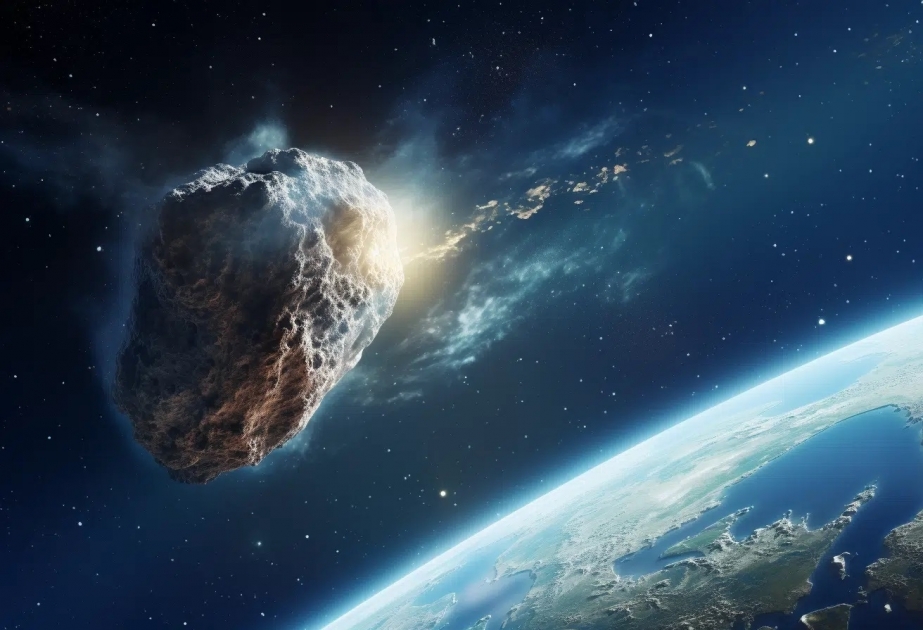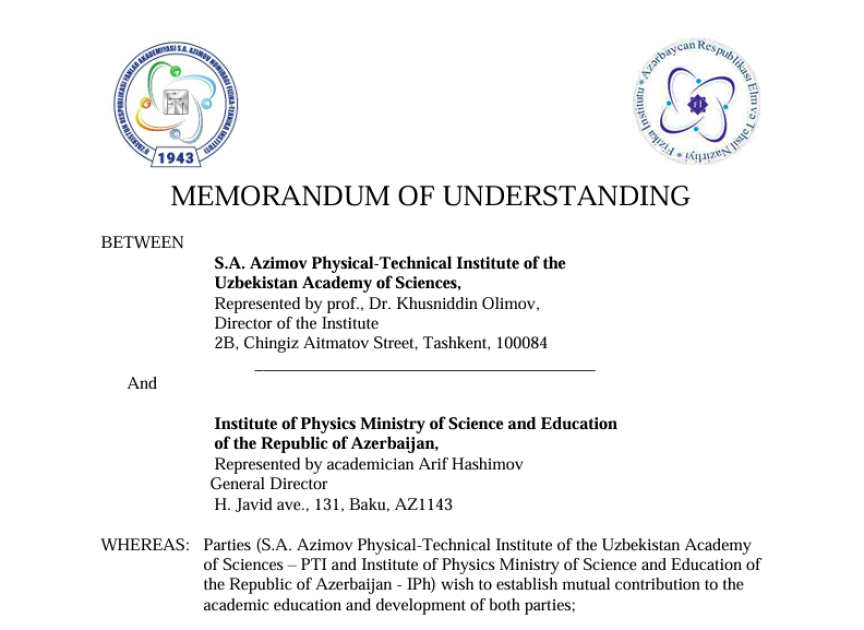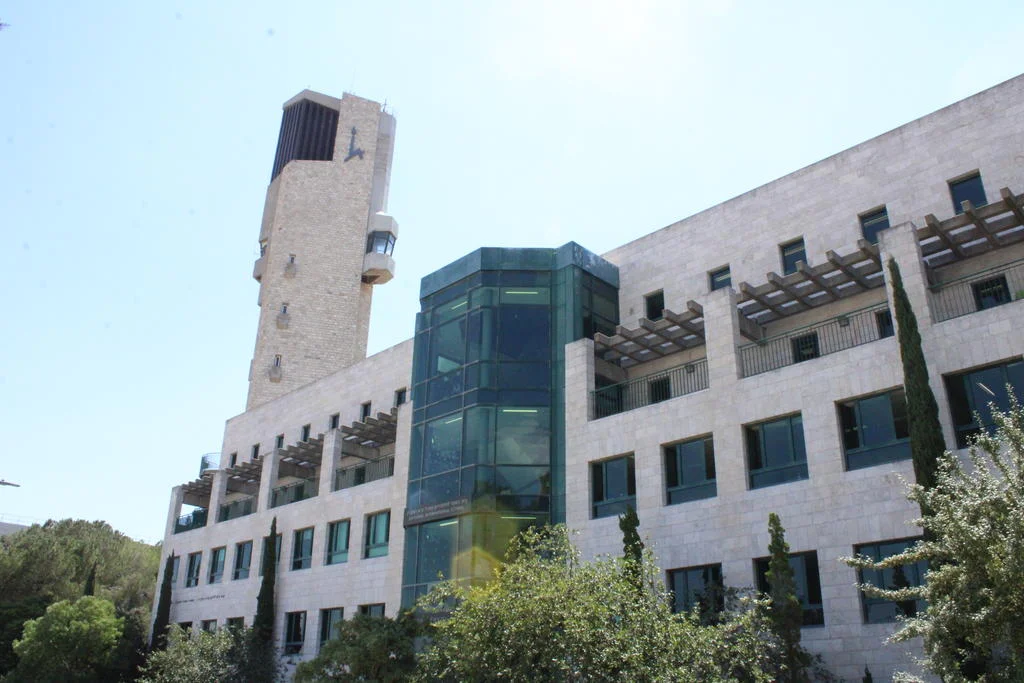Skywatchers are in for a rare treat this month as a comet larger than Mount Everest, officially named Comet 12P/Pons–Brooks, makes its way across the night sky, according to Earth.com.
The comet, which has been likened to the Millennium Falcon from Star Wars due to its distinctive “horns” visible in photographs, has already captivated amateur astronomers with their specialist telescopes. However, it’s anticipated to soon be visible without the need for any equipment.
To catch a glimpse of Comet 12P/Pons-Brooks, observers should direct their gaze westward after nightfall, locating the Great Square of Pegasus – a constellation marked by four stars of almost equal brightness. Over the coming weeks, the comet will journey from this constellation towards Aries the Ram, identifiable by its loose V-shape.
This comet orbits the sun every 71 years, meaning its appearance from Earth is a once-in-a-lifetime event for many.
Its closest approach to the sun, at a distance of 72.5 million miles (116.8 million km), is expected on April 21, followed by a near pass of Earth at 144 million miles (232 million km) on June 2.
For those in the northern hemisphere, the prime viewing period is predicted to be in late March, says Jessica Lee, an astronomer at the Royal Observatory Greenwich.
Predicting the exact appearance and brightness of a comet can be challenging, but Lee suggests that onlookers keep an eye out for what may resemble “an irregularly shaped dirty snowball” reaching its peak brightness during this time.
The once-in-a-lifetime comet will be located in the constellation of Aries, visible in the western sky shortly after sunset. Lee advises finding a location with a clear western horizon on a cloudless night for the best viewing experience.
Professor Paul Strøm, an astrophysicist at the University of Warwick, highlighted the comet’s significance.
“Right now, one of the brightest known periodic comets is on its way towards the sun. It is a big comet too with a size comparable to that of Mount Everest,” said Professor Strøm.
“The comet is expected to reach a magnitude of 4.5 which means it ought to be visible from a dark location in the UK.”
Following its close encounter with Earth, Comet 12P/Pons-Brooks will be propelled back into the outer solar system, not to return until 2095.
Comets are composed of a nucleus of ice, dust, and small rocky particles, enveloped by an “outer coma” – a diffuse cloud of gasses. 12P/Pons-Brooks is categorized as a cryovolcanic comet, exhibiting volcanic activity that, instead of ejecting molten rock, releases gases and ice.
As the comet approaches the sun and warms up, pressure builds within its nucleus until nitrogen and carbon monoxide gas explosively release icy debris through large fissures in the surface.
These eruptions can create striking visual effects, including the devil horns observed by astronomers. Eliot Herman, an amateur astronomer in Arizona, noted a significant increase in the comet’s brightness on October 31, marking its third eruption since July.
Comets, like planets, orbit the sun due to its immense gravitational pull, with 12P/Pons-Brooks completing its journey every 71 years – a relatively short period compared to many comets that have orbital periods extending thousands of years.


















